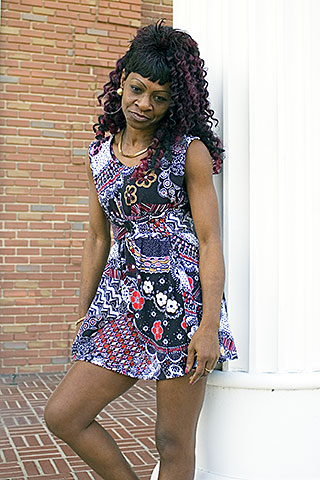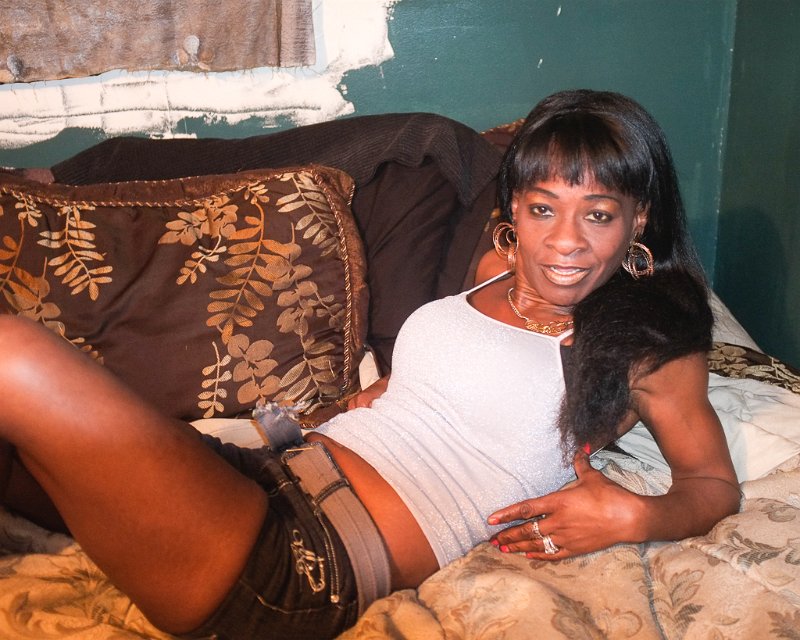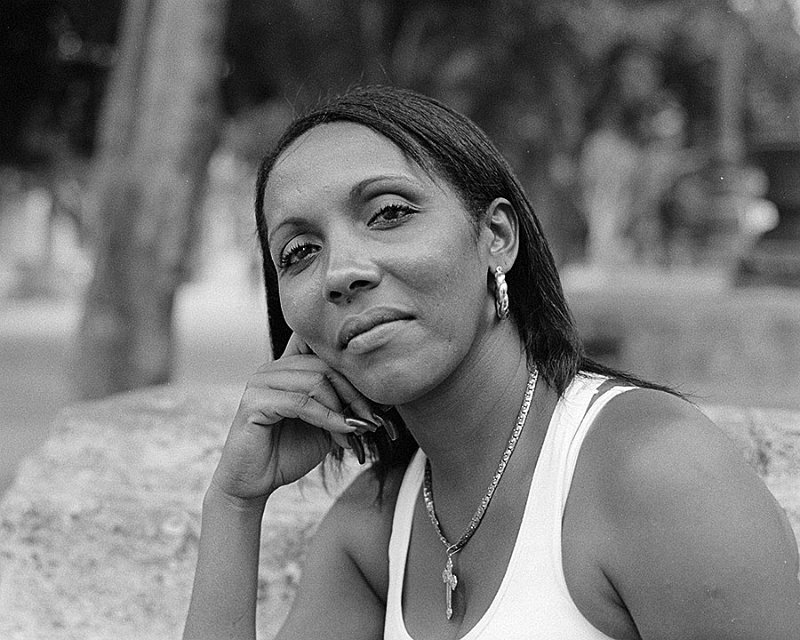Fascinating discussion here...
No one has mentioned that they've actually
looked at Arnade's photos on Flickr and read his comments. I have. He has come to know the folks he photographs. He photographs them with their permission in some of their most intimate moments. He knows their stories. He does for them what he can when he can. He has experienced the frustration of not being able to "do" for someone who isn't willing to do what they need to do to be helped.
I get the impression that some of the folks who've posted to this thread are armchair critics who live closer to the life of the Wall Street folks than the folks Arnade has documented. I was a cop for 30 years. I "parachuted" into the ghetto of the cities and counties I worked for every day. During my shift, I was a part of the lives of the people who lived there. Sometimes they saw me as keeping them safer, sometimes they hated me, but the individuals whose lives I was involved in (however briefly) and I were linked for a while. I influenced their lives and they influenced mine. You can't work with folks in those circumstances and not come away with a new understanding of how resilient folks who have nothing can be. I survived that environment and went back to my middle class life every day thankful to be alive and in the circumstances I had. Some of my co-workers during my tenure were not so fortunate. Many of the folks that I worked with were not so fortunate. There was one street gang of 14 kids that I knew, aged 12-17, who all ended up as homicide victims over the course of four years. Fourteen dead kids before they got to adulthood. Any of us here have that in
our 'hood?'
Those folks live with and in circumstances that few of us who own cameras and post here can imagine.
Arnade isn't doing art, fer cryin' out loud. He's not doing 'street.' He's documenting a subculture that he's encountered in the Bronx. That subculture exists in every city in the world, it just happens that he lives in New York, and that's where he's found it. His photos aren't 'good.' They are what they are. As a body of work, he's documenting the lives of the people he encountered there, and he's doing it
with their knowledge and consent.
For those of you who are critical of his approach and his work, I suggest that you get out of your chair and go try something like it yourself. It takes steely nerves to live in those environments, even for a few hours, especially if you don't have the life-skills to navigate that world. I have a tremendous amount of respect for what he's accomplished.
we're talking a lot more about the photographer instead of the photos, which tells me that the work is of questionable value, intention, and rigor. 🙄
I would say that your observation speaks more of the people who are talking about the work rather than
the work OR
the photographer.
I am asking a legitimate question about the people in power in big US cities - what is it that they will learn from these pictures? What is it that they will they do after seeing these pictures?
Dave, the answer to your question is: "Nothing." There is nothing TO be done by government until the population decides that we can't have people living in such circumstances. When enough people like us decide that WE need to do something to end desperate poverty and hopelessness that pervades places like where Arnade is documenting, perhaps we'll see change.
I think it has something to do with the idea of a well connected man with a profession, education, and money - taking pictures of the destitute and then selling them on for his own profit. Not that this appears to be the case here specifically, but it happens.
Tuna, I have yet to see anyone in the circumstances Arnade documents have the wherewithal to own a camera and document those circumstances. This gets back to the discussion about photography being a 'first world' pursuit. You can only make images if you can afford to make images... the pursuit of 'enlightenment' at the top of Maslow's Hierarchy of Need. You can't pursue enlightenment until your basic needs are met.






